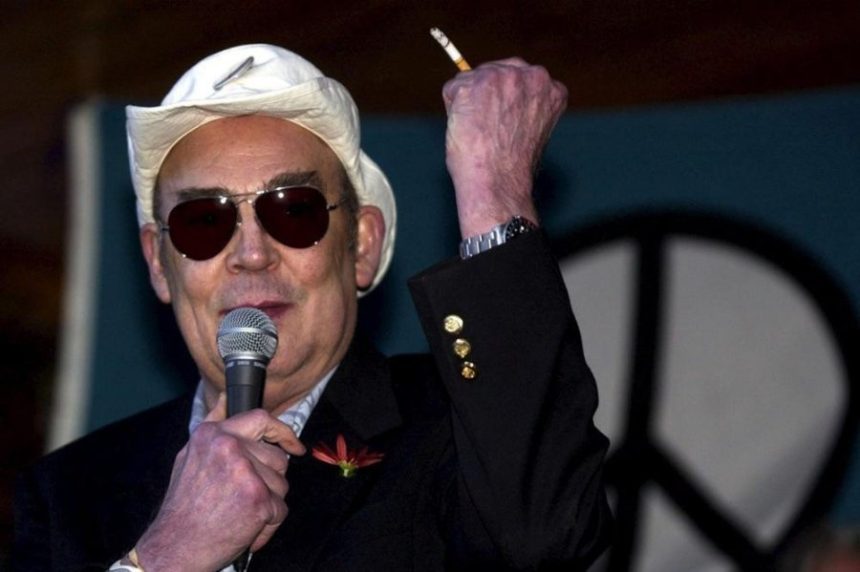Oct. 1 (UPI) — The Colorado Bureau of Investigation is taking another look at author and journalist Hunter S. Thompson’s 2005 death that was ruled a suicide.
There’s no indication of foul play in Thompson’s Feb. 20, 2005, death at his home in Woody Creek home in Aspen, Colo., at age 67, but the CBI is examining the case upon receiving a request from the officials with the Pitkin County Sheriff’s Office, The Denver Post reported on Tuesday.
Local officials at the time attributed Thompson’s cause of death to suicide by a self-inflicted gunshot wound.
Thompson’s widow, Anita Thompson, asked the sheriff’s office to look into the journalist’s death to “provide an independent perspective,” according to local sheriff’s office officials.
“We understand the profound impact Hunter S. Thompson had on this community and beyond,” Sheriff Michael Buglione said in a news release on Tuesday.
“By bringing an outside agency for a fresh look, we hope to provide a definitive and transparent review that may offer peace of mind to his family and the public,” Buglione said, as reported by CPR News.
Thompson was known for his love of free speech, firearms, drugs and alcohol, the counterculture and pioneering his first-person style of writing that would become known as “gonzo journalism.”
Gonzo journalism reports on events from a journalist’s perspective and makes the journalist the central character instead of a detached observer.
The term arose from his Dr. Gonzo character in “Fear and Loathing in Las Vegas,” which became one of his most popular books, according to CNN. That character was loosely based on Thompson’s friend and traveling companion Oscar Zeta Acosta, an activist lawyer in the 1970s.
Other popular works by Thompson include “The Rum Diary,” “Fear and Loathing: On the Campaign Trail ’72” and “Hell’s Angels: A Strange and Terrible Saga.”
Thompson was particularly active during the late 1960s and early 1970s and unsuccessfully sought election as Pitkin County Sheriff in 1970 on the “Freak Power” ticket.









